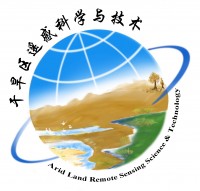Evaluation of Total Nitrogen in Water via Airborne Hyperspectral Data: Potential of Fractional Order Discretization Algorithm and Discrete Wavelet Transform Analysis
2021
期刊
Remote Sensing
下载全文
- 卷 13
- 期 22
- 页码 4643
- MDPI AG
- ISSN: 2072-4292
- DOI: 10.3390/rs13224643
